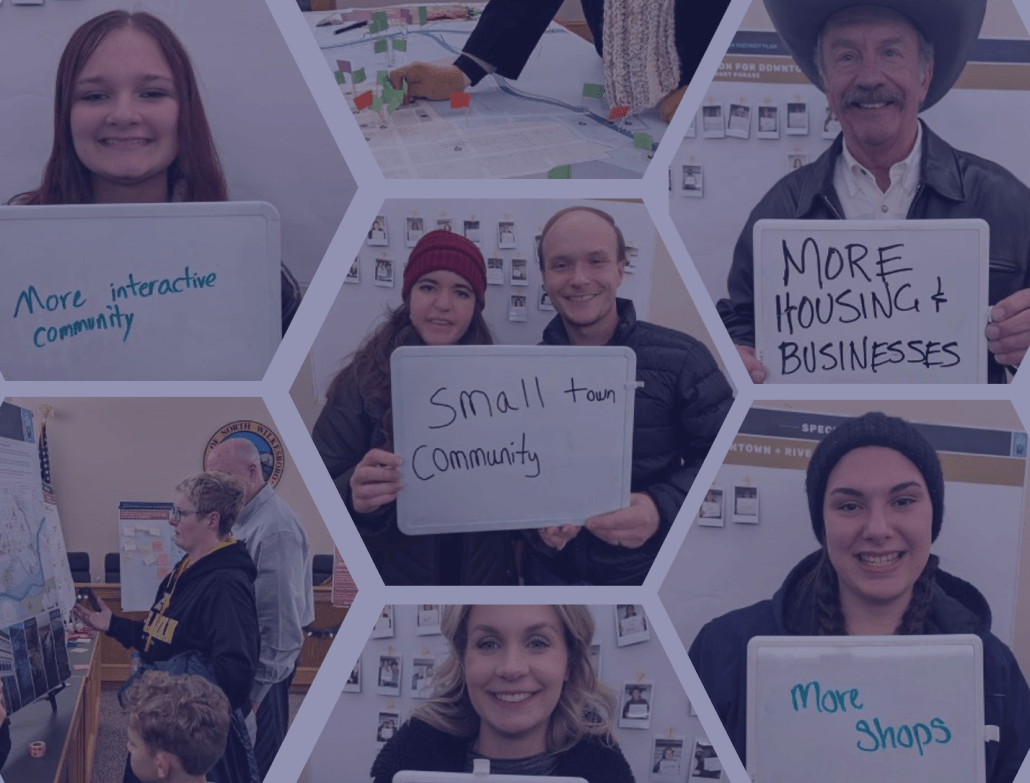Change is hard.
Difficult decisions were on the horizon when the University of Kansas (KU) needed to address their surplus of facilities and growing maintenance backlog. Embracing their culture of community-driven decision-making, KU sought a firm that could transform their challenges into opportunities for collaborative and thoughtful campus planning.
To shape the future of the KU campus, they brought in Perkins&Will for their expertise in planning and community engagement. Perkins&Will innovatively integrated community input with campus design utilizing the Maptionnaire platform, transforming this challenging situation into an award-winning success.
In this campus planning case study you'll discover how they succeeded, and read their firsthand experiences. Check out Perkins&Will's KU campus master plan project page, too!
Quick facts
- Meaningfully engaged 5000 students, employees, and other community members, including 1600 participants through the Maptionnaire Community Engagement Platform
- Collected 18,000 GIS-compatible data points for the 1000-acre campus, its landscape, and its 200 buildings
- Received the 2024 Honor Award for Excellence in Planning of an Existing Campus, from the Society for College and University Planning (SCUP)
The community engagement process
"We [did] a very robust engagement plan… Engagement is not something we just do in the first half of the process and the second half is just working in silos – that's not how it works," explains Mona Vijaykumar, Urban Designer at Perkins&Will. Instead, they found multiple ways to involve students, employees, and other community members throughout the entire planning process.
- Stakeholder meetings were the starting point and a staple along the way for focused collaboration
- Workshops, town halls, and charrettes were opportunities to share and co-create with the larger community
- A digital map-based questionnaire – a maptionnaire – was the single largest source of input, collecting volumes of valuable community insight

Using the Maptionnaire Community Engagement Platform, they collected GIS-based community feedback about campus safety, mobility, buildings, and outdoor spaces. All of the community engagement methods, plus background research and design thinking, built on one another throughout the iterative, collaborative process.
Integrating engagement and design
Sorry, push pins and sticky notes, but some analog community engagement results are just too unclear, scattered, and hard to integrate into planning work.
This is the most collaborative tool that we could integrate in our design work…. As much as I like doing one-on-one interviews, group interviews, and team charrettes, it's difficult to gather all the inputs. A platform like Maptionnaire allows us to gather tons of data points together and see them at-a-glance.
Mona Vijaykumar, Urban Designer at Perkins&Will
With only a few clicks, Perkins&Will used the Maptionnaire platform to browse responses, filter and analyze the data, and generate maps, word clouds, and charts. They also exported data directly into GIS, where they could synergize results with background research and design.
Collecting input

Analyzing responses

Designing for the community

Communicating the process

Key insights
- Challenging campus project? Engage the community at every step. Involve a diverse range of students, staff, and stakeholders to ensure everyone's ideas are recognized.
- Simplify and share community feedback effectively. With thousands of data points, focus on making the most relevant information clear and accessible through maps, quotes, and charts. Include detailed data in an appendix for deeper reference.
- Acknowledge where the campus plan does (and does not) meet the community's wishes. There will be other competing factors too – natural systems, economy, physical barriers. It's ok. When the process is robust, you can own it and be transparent.

.jpeg)






.webp)

.webp)


.webp)
.png)















































